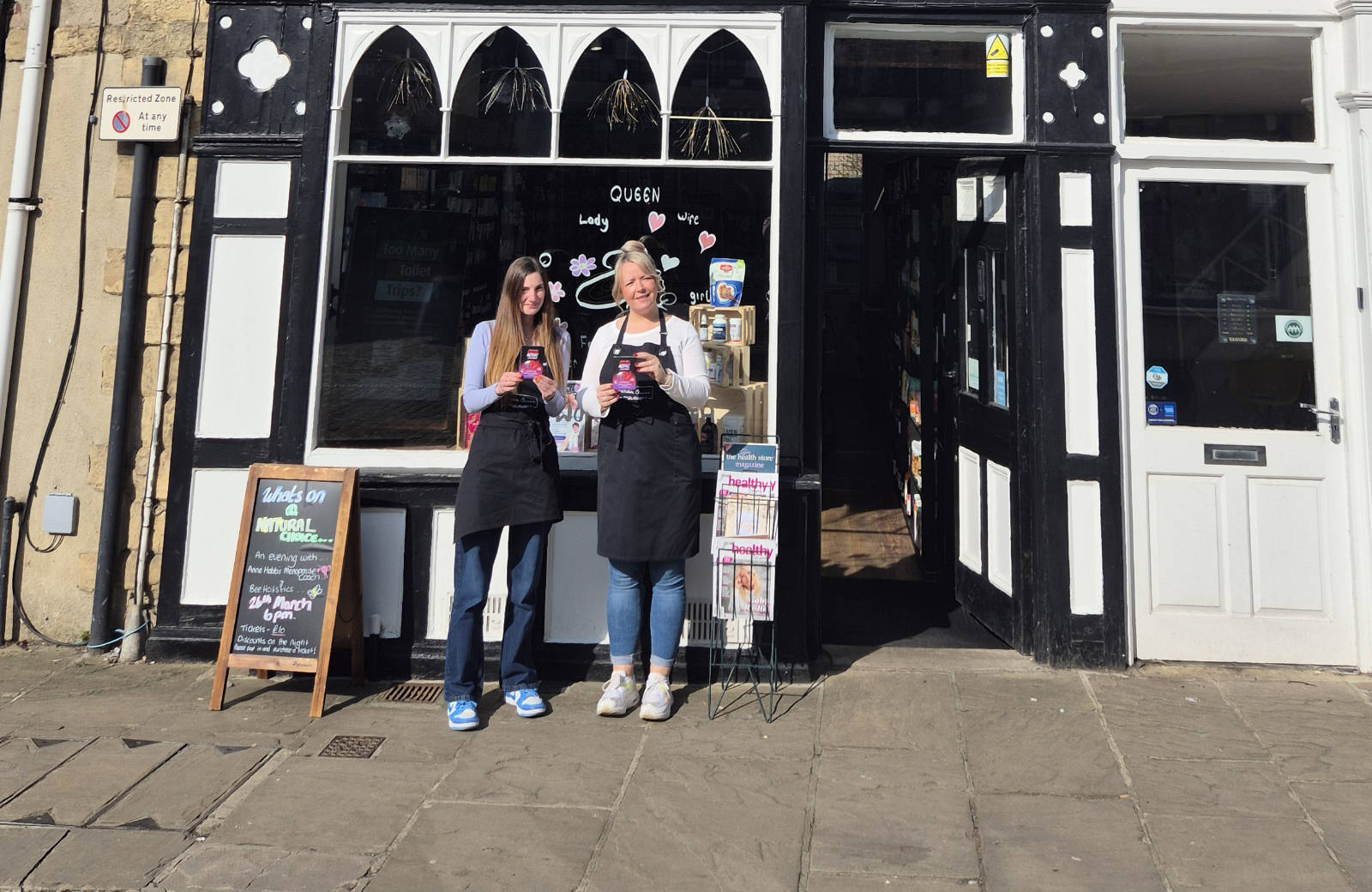A recent study by Mintel found that 47% of pet owners in the UK prefer giving their companions a natural diet based on what they would be eating in the wild. Respondents also said that they put more trust into shorter ingredient lists.
Raw dog food is now the fastest growing sector of the market, thanks in part to awareness of the health risks associated with kibble. The myriad of benefits that raw food offers is another reason for its popularity. In addition, local suppliers are making it easy for owners to get their hands on raw meals prepared specifically for their pups.
Let’s take a closer look.
Understanding Processed Foods
The first question you may be asking yourself is why kibble is bad in the first place. After all, it seems to be the most popular type of dog food these days. We now know that processed foods are no good for us, so it stands to reason that they’re certainly no better for our canine companions.
Before the introduction of commercial pet food, which took place in the 1860s, dogs ate whatever table scraps were available and any animals they could hunt or scavenge. Dry and tinned food was yet to exist. Unfortunately, we ended up passing on our idea of ‘convenience’ foods to animals.
It’s much easier to pick up a bag of kibble that’ll last for months than to prepare something ourselves, especially when marketing claims tell us that the food will meet all of our dog’s nutritional needs. However, improved research is now bringing to light the prevalence of more and more health issues that were unheard of in the past.
This ranges from obesity to food intolerances to dental issues, behavioural problems, certain types of cancer and more. These problems have all been on the rise since kibble became the standard choice.
Consequences of Kibble
As you can probably guess, processed foods are far from natural, and certainly not the type of thing any dog would come across in the wild. Every kind of kibble is cooked, with extrusion being the main method. This process produces a product that’s roughly 25% to 45% starch.
When heated, it undergoes dextrinization, giving pet food its hard and crunchy character. While moderately digestible, starch (and carbohydrates) has minimal value for dogs in terms of nutrition. It spikes your pup’s blood sugar, which eventually leads to insulin resistance and subsequent diabetes, pancreatitis and countless other inflammatory issues.
Cooking, particularly in this process, also eliminates the valuable live enzymes found in raw meat and vegetables. Those enzymes are required for digestion, and draw out the nutrients that the kibble would otherwise have. That’s why most bags contain a long list of ingredients, most of which are synthetically supplemented to make up for deficiencies.
Combine that with the presence of countless additives and preservatives, and you can easily see why kibble is a terrible long-term diet. Furthermore, no dog enjoys eating the same mix of bland, desiccated crumbs every day.
The reasons to avoid processed foods don’t end there. Most pet foods are 50% or more grain, namely due to the fact that carbohydrates hold the food together. Unlike humans, dogs were never designed to eat grains, and definitely not in such unnatural amounts. This goes a long way in explaining why their stools are larger than that of dogs on natural diets.
Making the Switch
Now we have a better idea of the problem. So, what’s the solution? Enter raw puppy food, which is made up entirely of natural ingredients that aren’t cooked, extruded, burned, churned or otherwise processed into oblivion like kibble.
One drawback in the past was that owners found it challenging to switch to a raw diet. There’s a lot more to feeding natural food than opening a bag and pouring the contents into a bowl. Younger dogs can be particularly difficult as you have to account for growth when deciding how much and how often to feed.
This is where a raw puppy food subscription service like Bella and Duke comes in. The local company provides pre-made meals that are frozen and delivered to your door at no extra charge. This only happens after they determine the exact needs of your puppy based on their individual characteristics.
You can get started on their website with this guide for feeding puppies, which explains a little more about what a raw diet entails. Their feeding guide for puppies also provides helpful guidelines on feeding times and quantities. Let’s end things off by learning about what makes raw food the better option.
Benefits of Raw Food
Aside from staving off the many health complications associated with processed food, switching to a raw diet will benefit your puppy in several ways. This includes but is not limited to:
- Boosted Immune System:
Thanks in part to the natural antioxidants found in natural food, not to mention the broad spectrum of vitamins and minerals, raw diets will boost your pup’s immune system. Healthy soluble fibres further assist in strengthening their bodies by improving the gut flora.
- Higher Energy Levels:
Processed food causes blood sugar fluctuations that make puppies feel tired. They can also bring on poorer mental health, which further diminishes energy levels. Feedback from owners providing raw diets showed that their puppies were more energetic as well as having better levels of consistency and focus.
This results in a calmer and more trainable companion. It’s also worth mentioning that raw food has real amino acids as opposed to the powdered type found in kibble, which are known to cause spikes in neurotransmitters that can make dogs overly-excited.
- Glossier Coat:
Raw food contributes to a softer and sleeker coat that’s less prone to leaving hair all over the place. Dogs that switch to a natural diet have been found to experience noticeable improvements in their fur after less than three weeks. Additionally, their skin health improves thanks to lower levels of inflammation.
- Smaller Stools
One of the first things you’ll notice is that your puppy will have smaller and firmer stools. Now that they’re eating raw food, there’s far more value and nutrition for their bodies to absorb, which means less waste coming out.
Their stools are also reported to be less smelly, which is great news for whoever has to clean it. A swift and welcome reduction in wind comes with raw food thanks to its superior digestibility.
- Less Vet Bills
Put all of the above factors together and you can safely expect less visits to the vet after switching your puppy to a raw diet. The lack of conditions and illnesses to pay for means more money in your pocket to invest in quality food. This dispels the idea that buying kibble is necessary for the cost-saving benefits, especially in the long run.
Conclusion
It should be crystal-clear at this point that kibble is not the way forward, especially for a growing puppy that requires more nutrients to become their happiest and healthiest selves. You’ll likely agree that raw food is an excellent alternative, especially now that there are companies who can do the legwork of developing a diet plan for you.
Be sure to consider making the switch. Rest-assured that your puppy will appreciate it.







